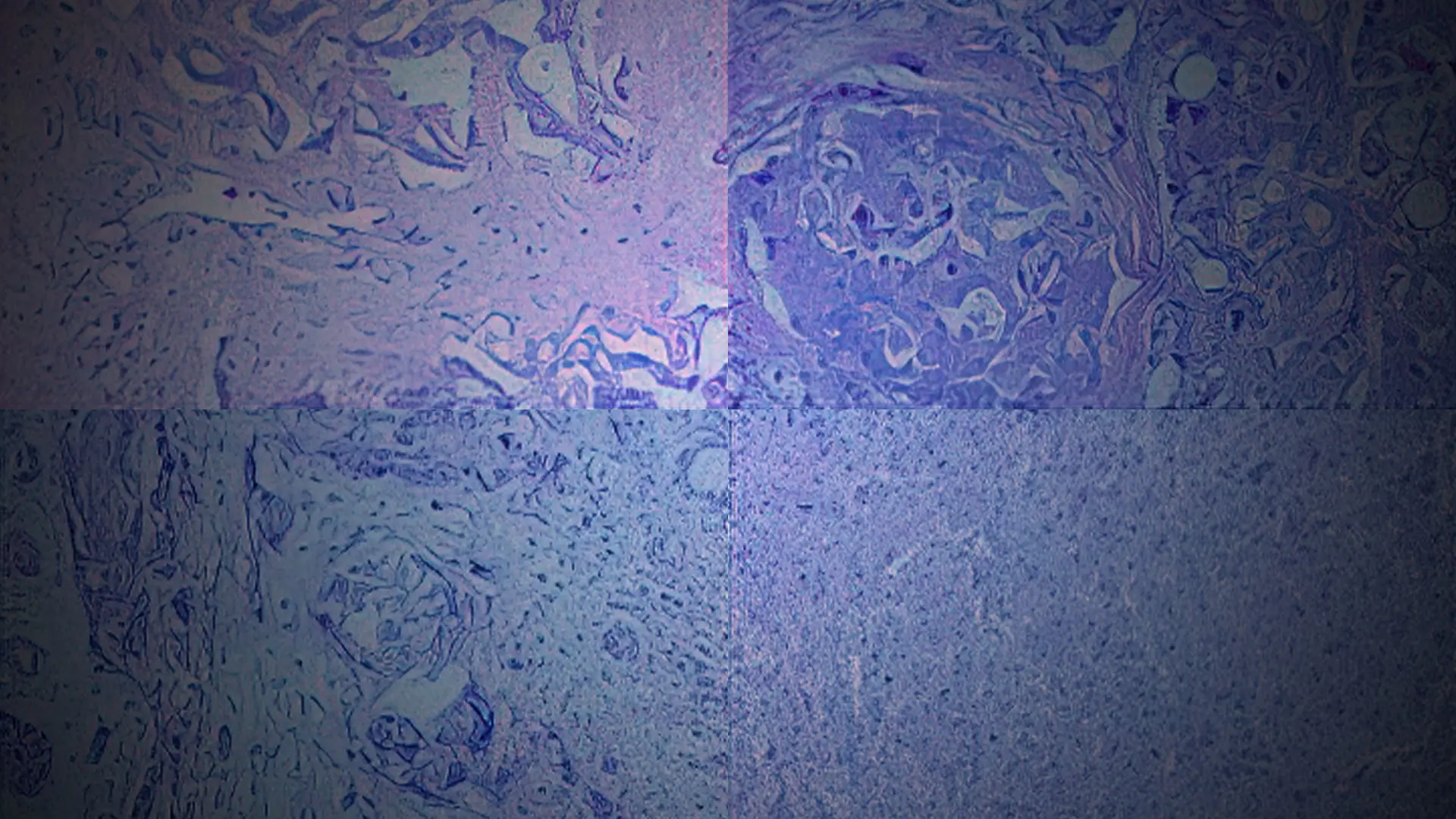The impressive gains of cancer therapies in recent years have largely bypassed a corner of the oncologic landscape known as intrahepatic cholangiocarcinoma (iCCA), in part because of its rarity. Incidence of this aggressive bile duct malignancy has been growing consistently for 40 years but still stands at just around or below 1.6 or 2 in 100,000 people per year in developed nations. However, because most patients aren’t diagnosed until the more advanced stages of the disease, their prognosis is dismal: the five-year iCCA survival rate is less than 10 percent.
That statistic incentivized Daniela Sia, PhD, Assistant Professor of Medicine (Liver Diseases) at the Icahn School of Medicine at Mount Sinai, and her lab at The Tisch Cancer Institute to probe deeper into the molecular mechanisms driving biliary duct cancer. This led to a study, published in Gut in May 2022, about a comprehensive tumor microenvironment (TME)-based stratification of iCCA.

The work of Daniela Sia, Phd, and PhD student Emily Bramel and others, has resulted in a novel molecular classifier that incorporates all the elements of stroma, tumor, and the immune microenvironment of intrahepatic cholangiocarcinoma.
“We recognized that a deeper analysis of TME composition and its relationship with the molecular subtypes of iCCA was essential to stratify patient populations for precision therapies,” says Dr. Sia, senior author of the paper. Her team described the genotypic-immunophenotype relationships in iCCA, and generated a novel molecular classifier that could incorporate all the elements of stroma, tumor, and the immune microenvironment. That classifier, named STIM, establishes a powerful platform for disease stratification and, potentially, for preclinical testing of combination therapeutic strategies, she said.
Using more than 900 clinically and genomically annotated patient samples and murine models that align closely with human iCCA, researchers identified five robust STIM classes encompassing both inflamed and non-inflamed profiles.
The inflamed classes include “immune classical” and “inflammatory stroma,” which differ in oncogenic pathways and extent of desmoplasia—the latter exhibiting T cell exhaustion, abundant stroma, and KRAS gene mutations.
Among the non-inflamed classes, the “desert-like” category harbors the lowest immune infiltration, while “hepatic stem-like” is enriched with macrophages, mutations in IDH1/2 and BAP1 genes, and FGFR2 fusion proteins. The remaining class, “tumor classical,” is defined by cell cycle pathways and poor prognosis.

A schematic of the gene mutations that could occur in intrahepatic cholangiocarcinoma, the different tumor classifications, and potential therapeutic options.
The new stratification road map for iCCA offers significant insights into the design of future therapies targeting both the cancer cells and surrounding tumor microenvironment. “Our research shows that patients within the immune classical group may benefit from immune checkpoint inhibitors as single therapeutic agents, whereas patients in the inflammatory stroma class could well benefit from immune checkpoint inhibitors in combination with targeted agents such as KRAS inhibitors,” explains Dr. Sia. What’s more, she notes, implementation of immunotherapy in patients of the non-inflamed classes will likely require combination therapies tailored to the underlying immune evasion mechanisms and tumor characteristics.

The classifier developed by Dr. Sia's team can help identify what might increase response rates to immunotherapy, and can aid the design of innovative combination therapies.
Dr. Sia and her team have identified a targetable FGFR2 fusion protein in iCCA, which led to specific FGFR inhibitors being investigated in a biomarker-driven phase 3 clinical trial at Mount Sinai and other sites.
“Targeting aberrant pathways within stromal cells, for example, may increase response rates to immunotherapy, and that could have important implications for the design of innovative combination therapies for iCCA patients,” she says. In vivo drug testing has suggested that the KRAS inhibitor B13406 and an anti-PD1 immunotherapy could be a promising combination in KRAS-driven iCCA tumors.
“We believe the steps we’ve taken in our lab are significant in terms of unraveling the biology of a disease about which so little is known,” states Dr. Sia.
Featured

Daniela Sia, PhD
Assistant Professor of Medicine (Liver Diseases)
